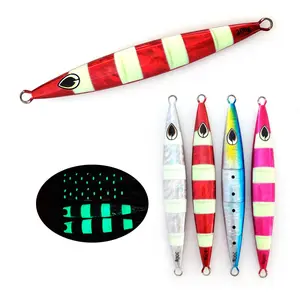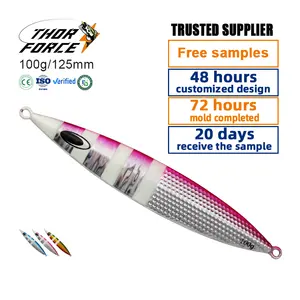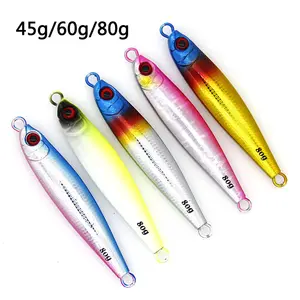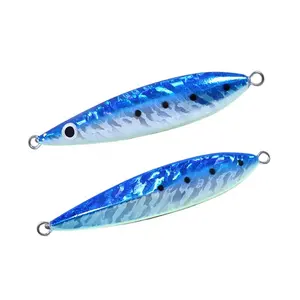Fishing Jig: An Essential Tool for Anglers
Fishing jigs are a staple in the tackle box of any seasoned angler. These versatile lures are designed to mimic the movement and appearance of prey, making them an indispensable tool for both freshwater and saltwater fishing. With a variety of shapes, sizes, and colors, fishing jigs can be tailored to target specific species, ensuring that anglers can optimize their approach to suit their environment.
Types and Features of Fishing Jigs
The world of fishing jigs is diverse, with each type serving a unique purpose. From casting jigs for bass to flipping jigs for snagging pike in weeds, the design of the jig head and the choice of skirt material play a pivotal role in their performance. Jigging spoons and ice fishing jigs, for instance, are designed for vertical presentations in deeper water. The materials range from lead to tungsten, offering different rates of sink and sensitivity.
Applications and Advantages of Jigs
Fishing jigs are not just about attracting fish; they also offer the advantage of precise control. Anglers can manipulate them to dance over structure or through vegetation, presenting the lure where fish are most likely to strike. The efficiency of jigs is evident in their ability to catch a wide array of species, from panfish to predatory game fish, making them a versatile choice in any fishing scenario.
Selecting the Right Fishing Jig
Choosing the right fishing jig involves considering the fishing environment. For murky waters, vibrating jigs with pronounced action are preferable, while in clear waters, a more subtle approach with finesse jigs may be more effective. The color selection should reflect the natural prey of the target species or stand out in specific water conditions, such as using brighter hues in deeper or darker waters.
Environmental Considerations and Material Choices
The construction of fishing jigs has evolved with a focus on environmental impact. Non-toxic materials like tungsten are becoming more prevalent, offering an eco-friendlier alternative to traditional lead jigs. Additionally, the durability of these materials ensures that jigs can withstand the rigors of repeated use, making them a sustainable choice for conscientious anglers.
Conclusion: The Role of Fishing Jigs in Modern Angling
In conclusion, fishing jigs are a fundamental component of modern angling. Their adaptability to various fishing conditions and their effectiveness in attracting fish make them a go-to lure for anglers worldwide. By selecting the appropriate jig for the task, fishermen can enhance their chances of a successful outing, making the most of their time on the water.











































 浙公网安备 33010002000092号
浙公网安备 33010002000092号 浙B2-20120091-4
浙B2-20120091-4